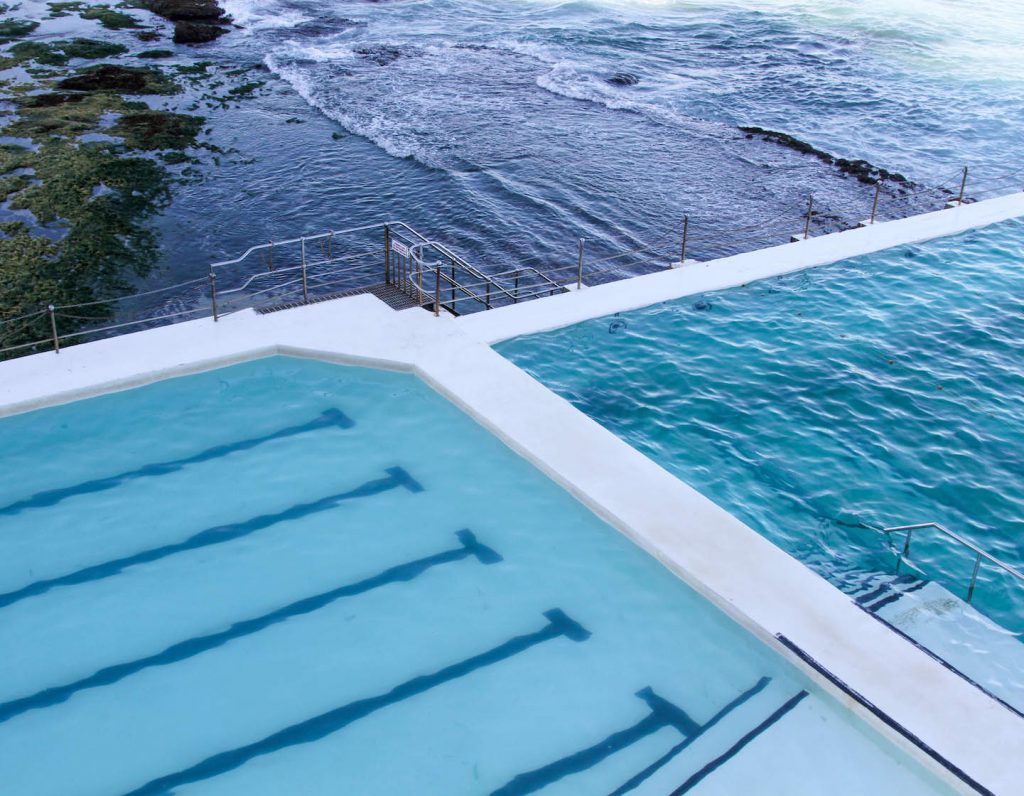
How to prevent dry drowning and signs to look out for
You’ve probably seen articles on your Facebook feed or someone in your mum group has brought it up – but more and more parents are getting themselves caught up to speed about dry drowning. Often interchanged with terms like secondary drowning and submersion injuries, all three terms are in fact quite different and not the same. We spoke with Dr. Ardyce Yik of Integrated Medical Institute to find out more so all of us can be equipped with everything we need to know. As scary as the term sounds, it’s important to know what dry drowning actually is, how to spot it and what we can do to prevent it.
What is dry drowning?
Dry drowning is when an individual takes in a sudden rush of water through their nose or mouth which causes the airways to close with no water in their lungs.
What is the difference between dry drowning, secondary drowning, submersion injuries?
According to Dr. Yik, dry drowning, secondary drowning and submersion injuries being the same is actually a common misconception. She says, “In dry drowning, the lungs are absent of water, but in secondary drowning (also known as delayed drowning), water is aspirated (inhaled) and gets into the lungs, which causes irritation of the lungs’ lining and fluid build-up in the lungs.”
It’s important to know that secondary drowning is actually what most people think of when they’re referring to dry drowning. Dr Yik says, “Individuals breathe in water and may seem like they have successfully expelled it through coughing but water is still in the lungs, filling up the oxygen-rich pores and reducing the ability to oxygenate the blood that passes through the lungs.”
What are the symptoms/what should parents look out for?
- Fits of coughing
- Difficulty breathing or shortness of breath
- Vomiting
- Chest pains
- Sleepiness
- Disorientation and confusion
- Behavioural changes
- Foaming at the mouth
What to do if your child does exhibit symptoms?
If your child experiences any of the above symptoms, Dr. Yik says, “Treat dry or secondary drowning as a medical emergency. Seek medical attention at the ER right away.”
How can parents prevent dry drowning?
Now that we know what dry/secondary drowning is and what symptoms are exhibited, Dr. Yik suggests ways to prevent it from happening.
– Undistracted supervision is key. Always watch children in the pool, bathtub or any body of water.
– Close your nose and mouth when diving or jumping into water (to prevent the sudden gush of water that can cause the larynx to spasm and shut).
– Children and adults of all ages should wear a lifejacket or personal flotation device when on boats/ kayaking/ paddle-boating, etc. Don’t overestimate your child’s ability to swim to safety.
– Avoid alcohol before and during swimming and water activities. Don’t drink alcohol while supervising children.
– Teach your children to swim or enrol them in swimming lessons to lower the risk of drowning.
 View All
View All











 View All
View All





 View All
View All


 View All
View All











